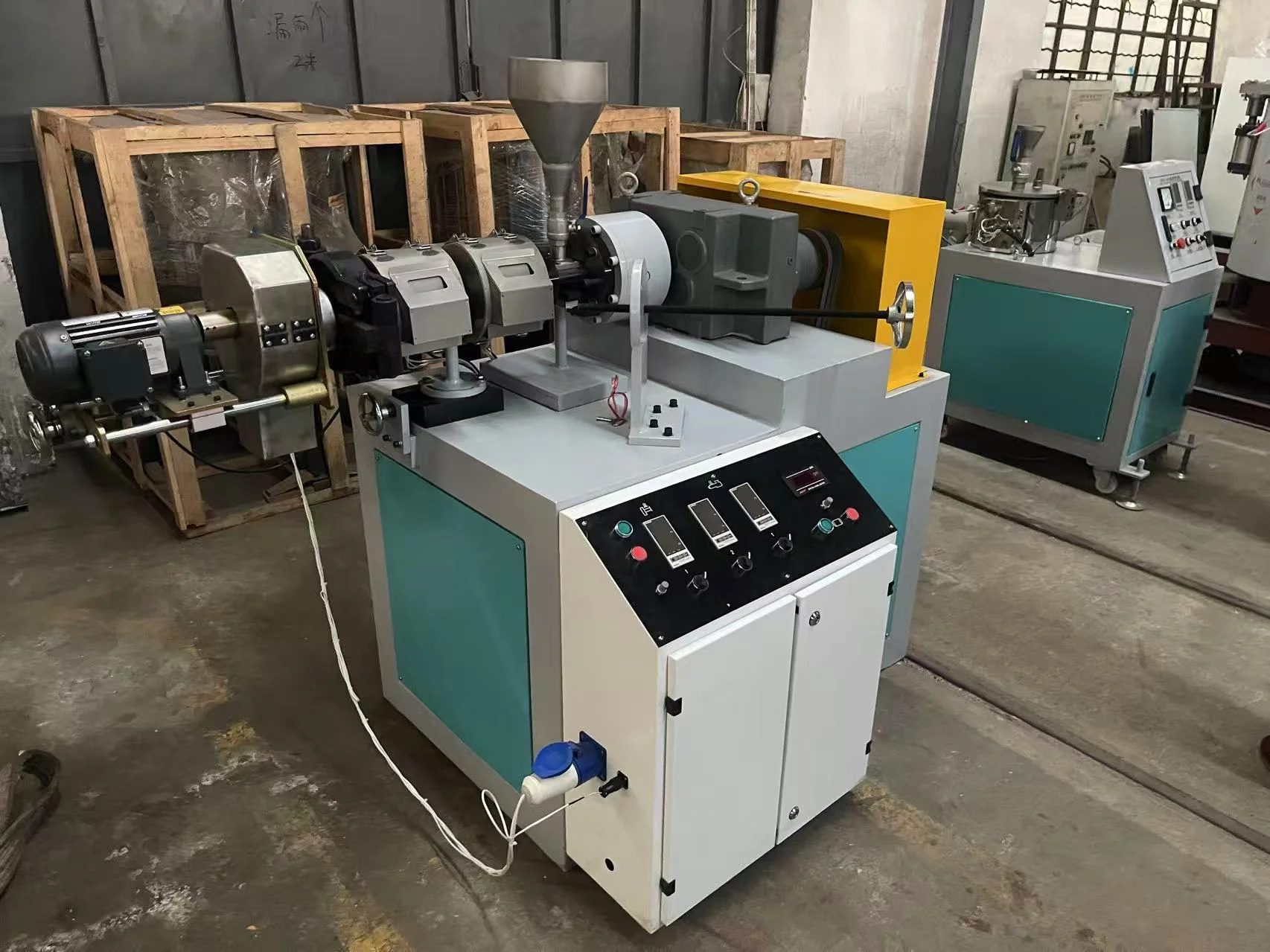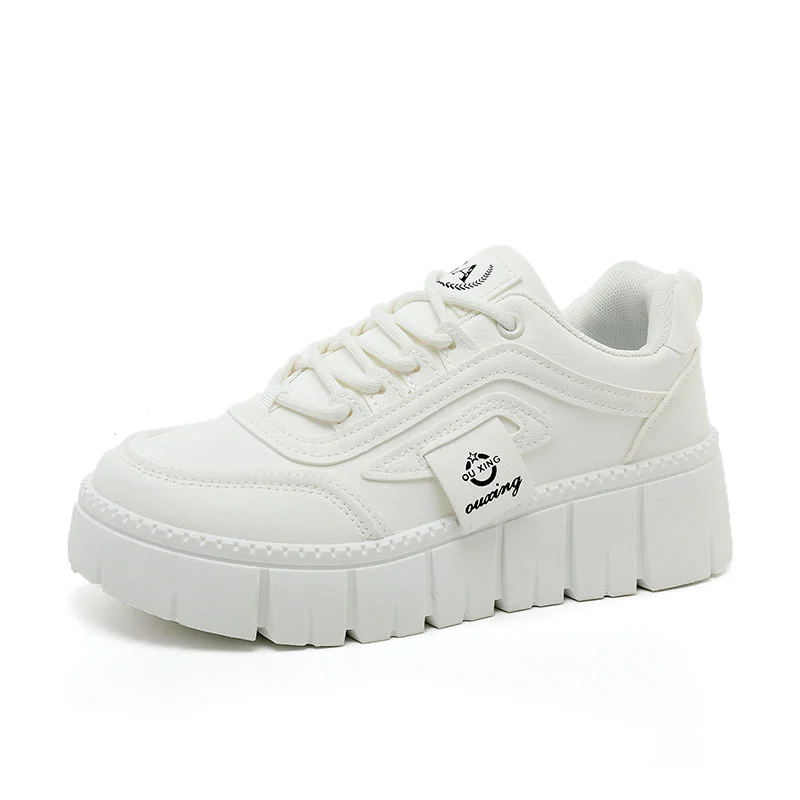When it comes to working out, one of the most debated topics among fitness enthusiasts is whether it is better to exercise with or without a shirt. This seemingly simple choice can have implications for comfort, performance, and even social dynamics in the gym. In this article, we will delve into the various factors that influence this decision, providing a comprehensive analysis that caters to both casual gym-goers and serious athletes.
The Comfort Factor
- Temperature Regulation
One of the primary reasons individuals choose to workout without a shirt is the potential for improved temperature regulation. During intense workouts, the body generates heat, and wearing a shirt can trap this heat, leading to discomfort and decreased performance. Exercising shirtless allows for better airflow and sweat evaporation, which can help maintain a cooler body temperature. This is particularly beneficial in high-intensity workouts or during the summer months when gym temperatures can soar.
- Skin Sensitivity and Chafing
For some individuals, wearing a shirt can lead to skin irritation or chafing, especially during activities that involve a lot of movement, such as running or cycling. The friction between the fabric and the skin can cause discomfort and even abrasions. Going shirtless can mitigate these issues, allowing for a more enjoyable workout experience.
Performance Considerations
- Range of Motion
Another aspect to consider is the impact of clothing on range of motion. Tight-fitting shirts can restrict movement, particularly in exercises that require overhead motion or dynamic movements. By opting to workout without a shirt, individuals may find they can move more freely, potentially enhancing their performance and allowing for a more effective workout.
- Psychological Effects
The psychological aspect of working out shirtless cannot be overlooked. For some, shedding the shirt can boost confidence and promote a sense of empowerment. This can lead to increased motivation and a more intense workout. Conversely, others may feel self-conscious without a shirt, which could detract from their focus and performance. Understanding one’s own psychological triggers is crucial in making this decision.
Social Dynamics in the Gym
- Gym Culture and Etiquette
The culture of a gym can significantly influence the decision to workout with or without a shirt. In some fitness communities, going shirtless is seen as a norm, while in others, it may be frowned upon. It is essential to be aware of the gym’s culture and adhere to its etiquette. Respecting the comfort levels of others in the gym is vital, as not everyone may appreciate a shirtless workout environment.
- Personal Branding and Image
In the age of social media, many fitness enthusiasts are conscious of their image. Working out without a shirt can be a way to showcase physical progress and promote a certain lifestyle. However, this can also lead to pressure to maintain a particular physique, which may not be healthy or sustainable for everyone. It’s important to balance personal branding with self-acceptance and body positivity.
Practical Considerations
- Type of Workout
The type of workout being performed can also dictate whether a shirt is necessary. For example, high-intensity interval training (HIIT) or outdoor running may benefit from a shirtless approach due to the high levels of sweat and heat generated. Conversely, activities like weightlifting or yoga may not necessitate going shirtless, especially in cooler environments.
- Skin Protection
While there are benefits to working out without a shirt, it’s also important to consider skin protection. For those exercising outdoors, exposure to the sun can lead to sunburn and long-term skin damage. Wearing a shirt can provide a layer of protection against harmful UV rays, making it a practical choice for outdoor workouts.
Conclusion: Finding Your Balance
Ultimately, the decision to workout with or without a shirt is a personal one that depends on various factors, including comfort, performance, social dynamics, and personal preferences. There is no one-size-fits-all answer; what works for one individual may not work for another. It’s essential to listen to your body, consider the environment, and respect the culture of your workout space.
As you navigate this decision, remember that the most important aspect of any workout is to stay active and enjoy the process. Whether you choose to shed your shirt or keep it on, focus on what makes you feel comfortable and empowered in your fitness journey.








+ There are no comments
Add yours